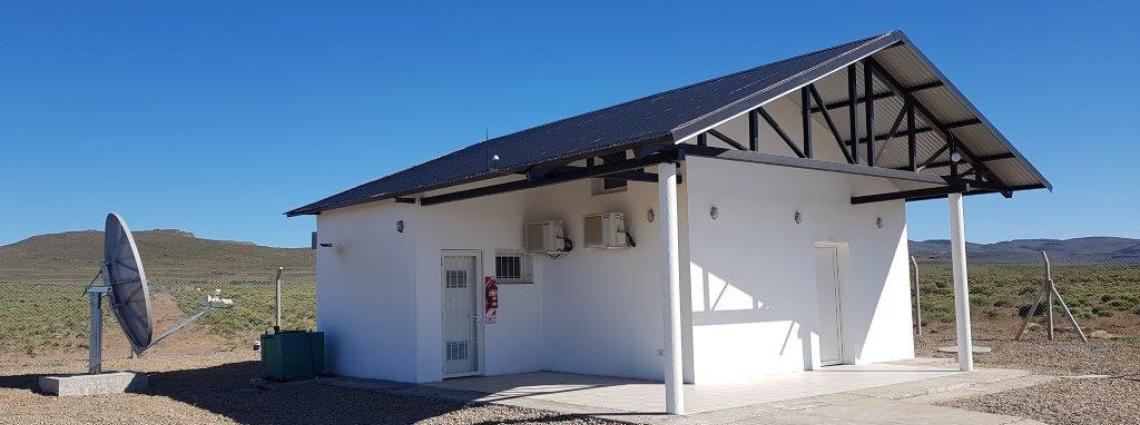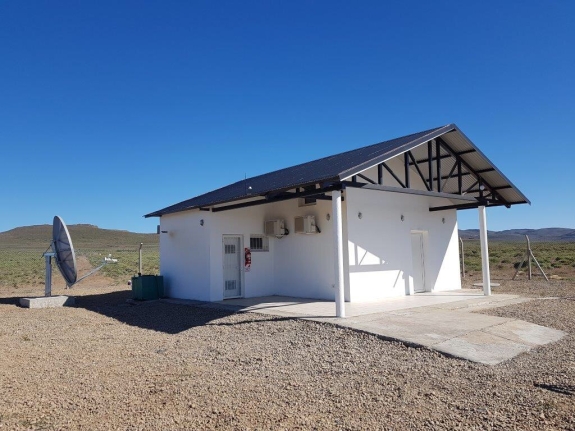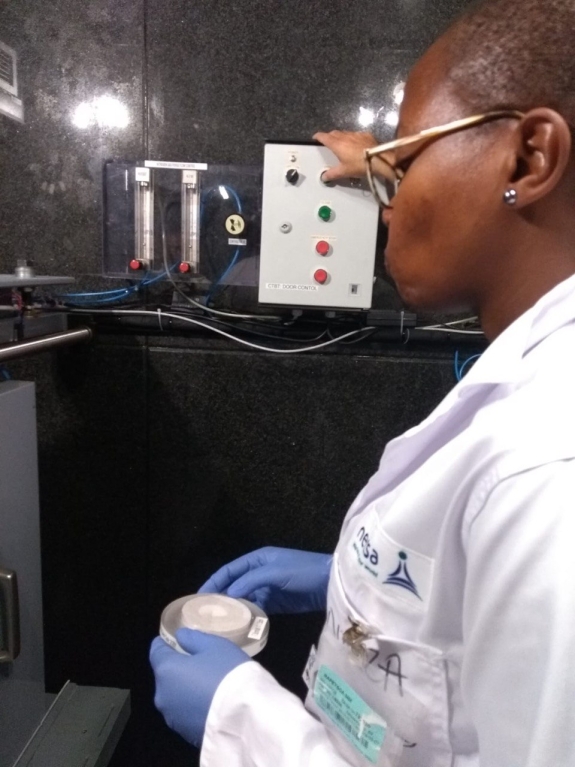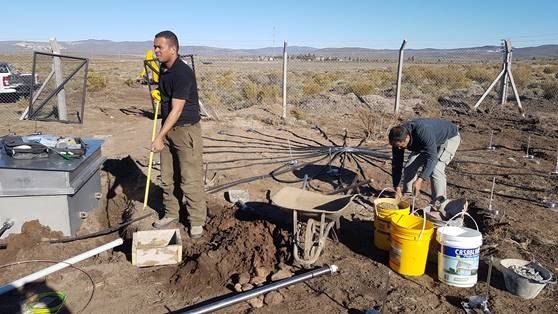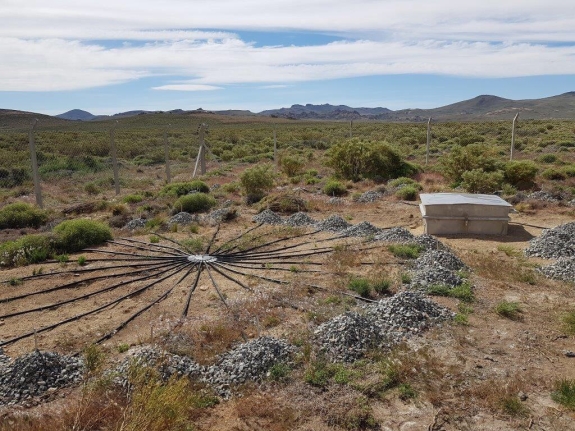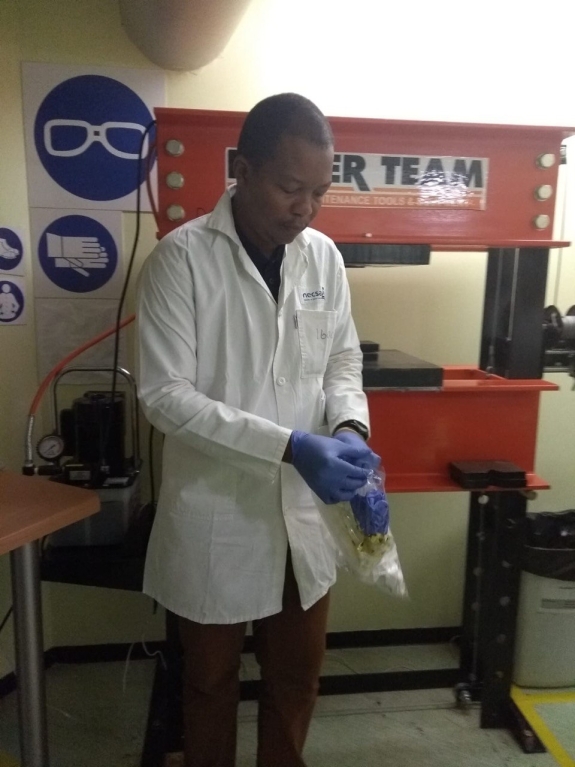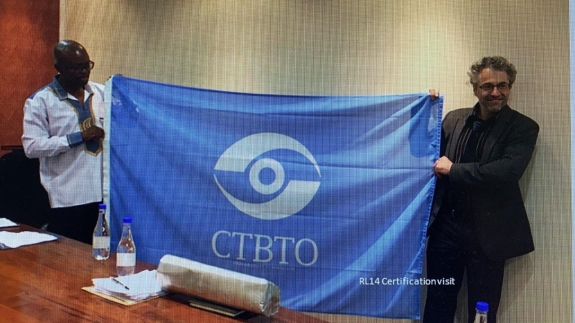CTBT verification system hits 300 certified facilities!
The Comprehensive Nuclear-Test-Ban Treaty Organization (CTBTO) has reached a major milestone in building up its global verification network, with 300 detection facilities now certified worldwide.
Infrasound station IS01 in Argentina and radionuclide laboratory RL14 in South Africa were both certified on December 13, bringing the tally of certified facilities to 300 out of an eventual total of 337 under the Comprehensive Nuclear-Test-Ban Treaty (CTBT).
We've achieved a major milestone of 300 certified facilities in the CTBT verification system to detect nuclear tests anywhere on the planet. IS01 Argentina & RL14 South Africa are now certified. My thanks to all staff & national authorities involved.
The CTBTO’s International Monitoring System (IMS) uses four complementary technologies – seismic, hydroacoustic, infrasound and radionuclide – to detect a nuclear explosion anywhere on the planet, be it underground, under water or in the atmosphere. When complete, it will consist of 321 monitoring stations and 16 laboratories around the globe.
Infrasound Station IS01, a state-of-the-art, 8-element infrasound array, is located near the town of Pilcaniyeu in Argentina, about 60 km from the eastern slopes of the Andes mountains. Construction started in January 2019 and was finalized by December 2019 in close cooperation with the Argentine nuclear regulatory authority, the Autoridad Regulatoria Nuclear. The installation is expected to significantly enhance regional detection capability, plugging a gap between infrasound stations further north in Paraguay and Chile’s Robinson Crusoe Island, and another near the southern tip of Argentina.
Reaching the certification of 300 facilities is a very significant achievement. We will continue to work hard with States Signatories to plan, install, test, evaluate and certify the remainder of the network, ensuring that the global IMS is fully in place and ready for the entry into force of the CTBT.
Radionuclide laboratory RL14, operated by the South African Nuclear Energy Corporation SOC Limited (NECSA) in Pelindaba, South Africa, helps identify potentially tell-tale radioactive materials in the atmosphere by re-analysing airborne particulate samples captured by IMS radionuclide monitoring stations.
20 Dec 2019
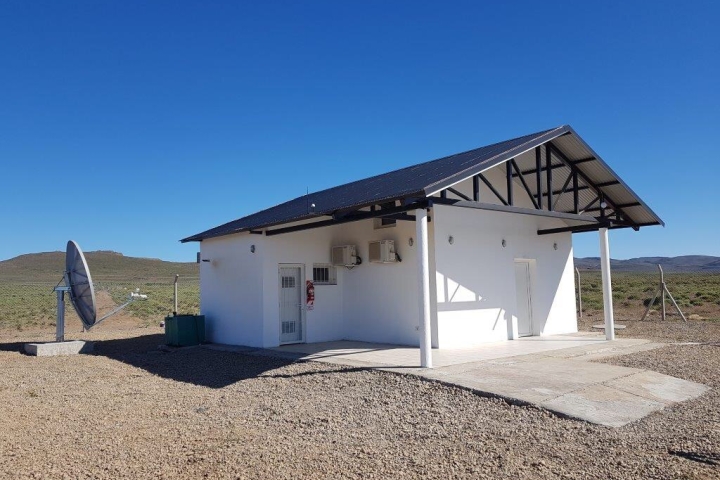
Infrasound station IS01, Argentina
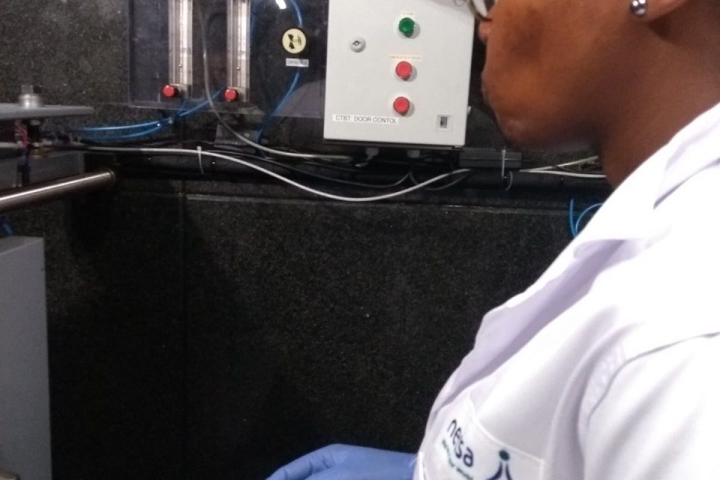
Radionuclide laboratory RL14, South Africa
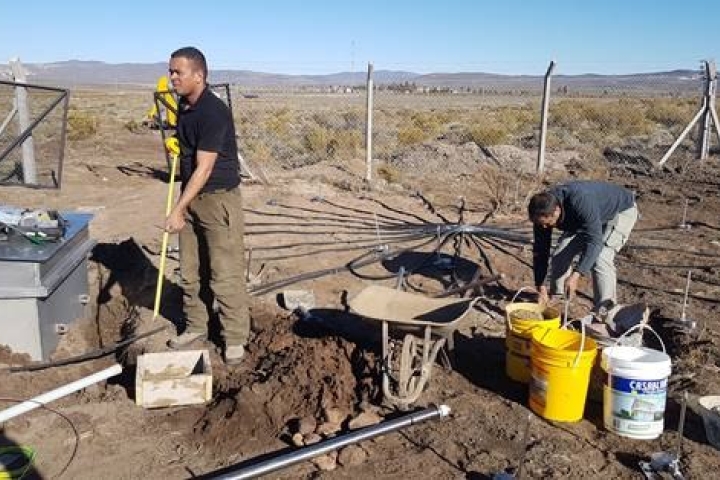
Infrasound station IS01, Argentina
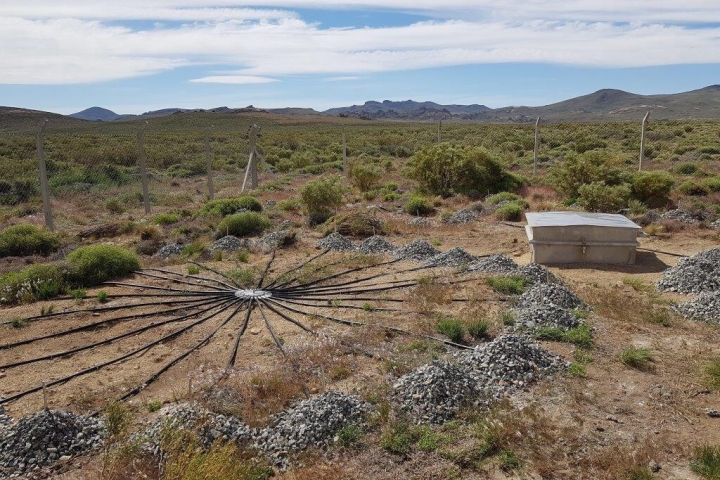
Infrasound station IS01, Argentina
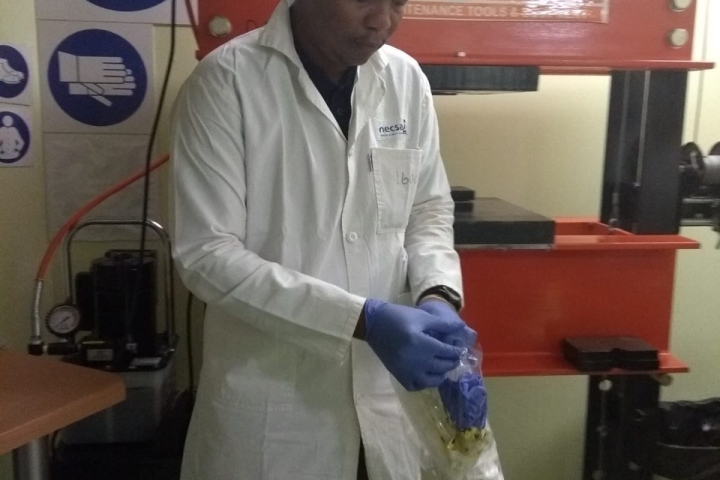
Radionuclide laboratory RL14, South Africa
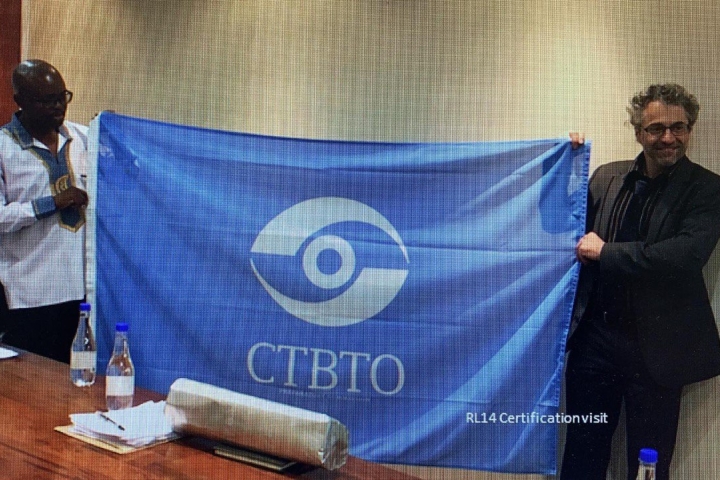
Radionuclide laboratory RL14, South Africa
